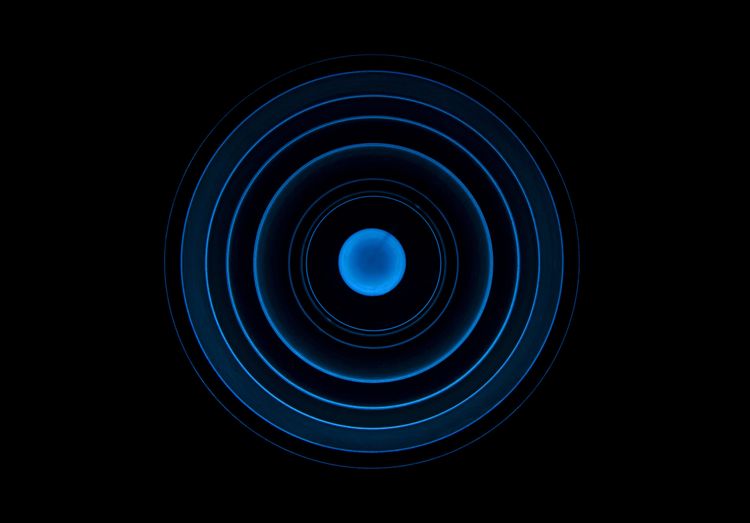PT Crab 🦀 Issue 136 - Let’s just call it spondy, okay?

I know, I know, there’s a big difference between spondylolysis and spondylolisthesis, but if it’s so important, why did they call them basically the same thing? C’mon y’all. I have to go through a mental rubric of “lysis means breaking so listhesis must be the other one” every single time I see the terms. And today, we’re going to see those terms a lot since this edition is about spondy. We’re going to talk about the state of the art on assessment and conservative treatment, how PT centered on cognitive and behavioral principles can help, and a new special test for lumbar instability. I have not much else to say, so, let’s dive in!
What’s going on in spondy world?
The Gist - This piece, from the Archives of Physiotherapy calls itself a “Masterclass”, whose goal “is to provide clinicians evidence-based indications for assessment and conservative treatment of spondylolisthesis, taking into consideration some subgroups related to specific clinical presentations.” It’s a pretty brief and very good breakdown of what’s going on in this world, and probably all you need if you’re looking for a refresher on the topic. Let’s dive into some details.
First off, grading. This is the amount of vertebral slippage measured by x-ray. <25% slip is grade 1, 25-50% is 2, 50-75% for 3, and 75-100% for grade 4. There are also two types of stony, isthmic and degenerative. Isthmic is a consequence of spondylolysis, usually a congenital defect or post-traumatic break — this is common with athletes. Degenerative is common with people who have degeneration. Obvs. Multifidus atrophy and a reduction of force of global back muscles is associated with both conditions and may cause them to become worse.
Fortunately, spondylolisthesis isn’t a guarantee of having spinal pain. Only 10-15% of people with it require surgery and only about 1/3rd of people with degenerative or congenital spondy see it progress up a grade and only 4% of people with post-traumatic spondy see that progression.
Let’s talk assessment:
According to the work they looked into, pain location alone doesn’t help differentiate spondy from non-specific LBP. Rather, pain due to spondy is notable because it worsens due to prolonged static postures and/or movements within the neutral zone. A collection of symptoms: “difficulty falling asleep, waking up because of pain, and pain worsening with sitting and walking” combine to demonstrate a sensitivity of about 0.75 for the presence of spondy in athletes.
In the next section, we’ll talk physical exam and management and treatment.
Tell Me More - I’m skipping over some stuff, so if you’re finding this useful, do check out the whole paper as well. But let’s talk exam.
Identification of a step-off has a sensitivity of 0.81, and specificity of 0.89. Meanwhile, the segmental spring test has a specificity of 0.81-0.95 depending on the study.
Special test-wise, the Prone Instability Test, Passive Lumbar Extension Test, Active Straight Leg Raise Test, and Lumbar Rocking Test are helpful as well. I won’t go into the techniques in order to save time, so let’s just look at usefulness. The Prone Instability Test has a sensitivity of 0.72 and specificity of 0.58. The Passive Lumbar Extension Test has a sensitivity of 0.70-0.93 and specificity of 0.82-0.95. The Active Straight Leg Raise Test may not be ideal for this, as it isn’t validated in anything other than lumbo-pelvic pain and can’t differentiate it from pelvic girdle pain. Lastly, the new Lumbar Rocking Test only has one study behind it, but they found a sensitivity of 0.95 for that one.
For management, the authors’ dataset demonstrated that diagnostic certainty is important for patients as it increases self-efficacy and decreases kinesiophobia.
For exercise, the authors recommend local and global lumbar stabilization. This can be developed in many different ways and they have a great table that breaks down a treatment approach in 10 sessions to help give ideas about what to do. If you want all that, you’ll have to check out the paper. Generally speaking, it takes 2-4 months of treatment to get things taken care of in spondy, jsyk so you can warn your patients.
Paper? Got it right here.






Comments
Want to leave a comment and discuss this with your fellow PTs? Join PT Crab and get summarized PT research in your inbox, every week.